Yala National Park
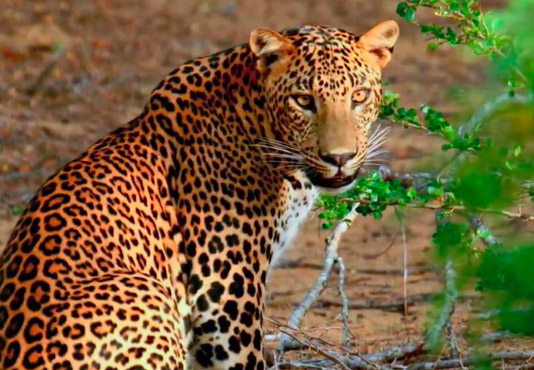
Yala, situated in the south east corner of the island, is home to the greatest variety of Sri Lanka’s wildlife. Its varying habitats, consisting of scrub plains, jungles, rocky outcrops, fresh water lakes, rivers and beaches, provides home to many species of animals including sloth bear, herds of elephants, buffalo, monkeys, sambar, deer, crocodiles and the endangered leopard subspecies, Panthera Pardus Kotiya, which is only found in Sri Lanka.
You May Also Like
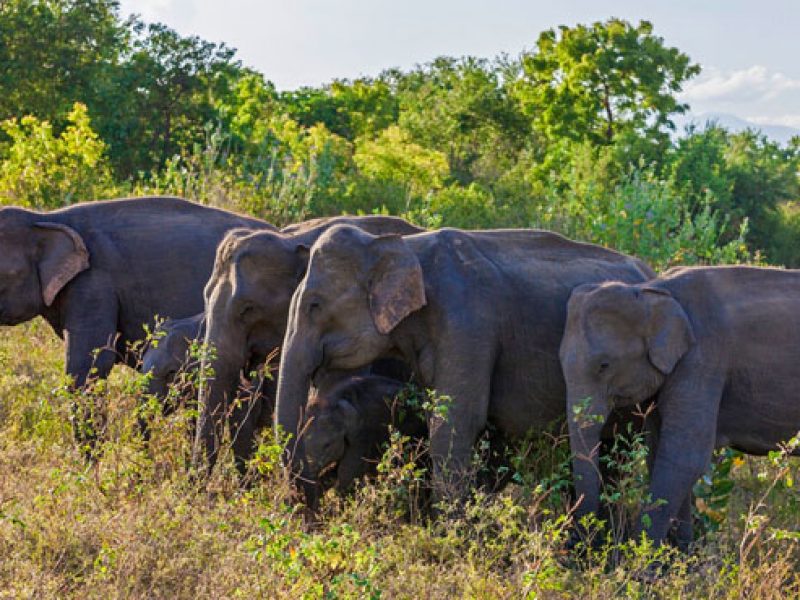
Udawalawe National Park
With herds of elephants, wild buffalo, sambar deer and leopards, Uda Walawe National Park is the Sri Lankan national park that best rivals the savannah reserves of Africa. In fact, for elephant-watching, Uda Walawe often surpasses many of the most famous East African national parks. The park, which centres on the 308.2-sq-km Uda Walawe Reservoir, […]
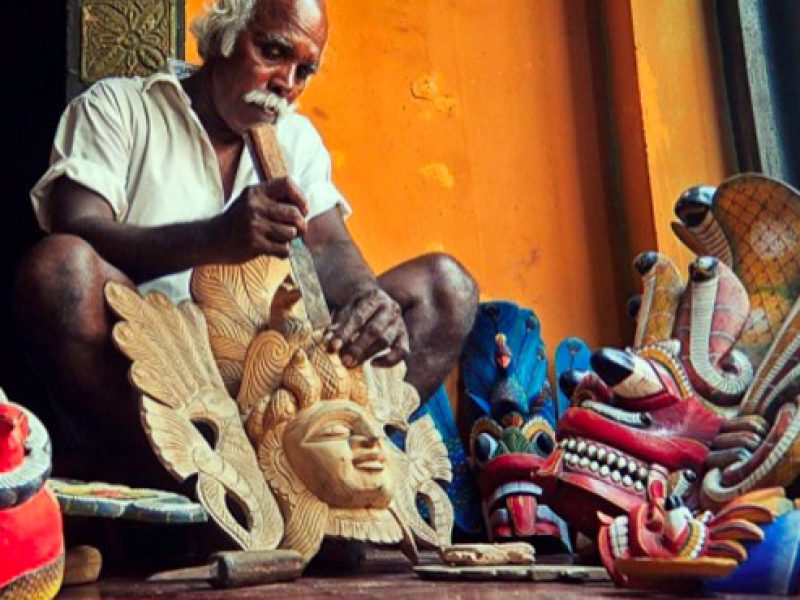
Ambalangoda
Traditional masks in Ambalangoda – The traditional masks are very much a part of Sri Lanka’s culture and folklore. Kolam masks are used for dramatic purposes to enact traditional folktales and history; Thovil masks are used for exorcism rituals especially to eradicate disease. Each mask has a specific purpose. Mask crafting is an intricate skill […]
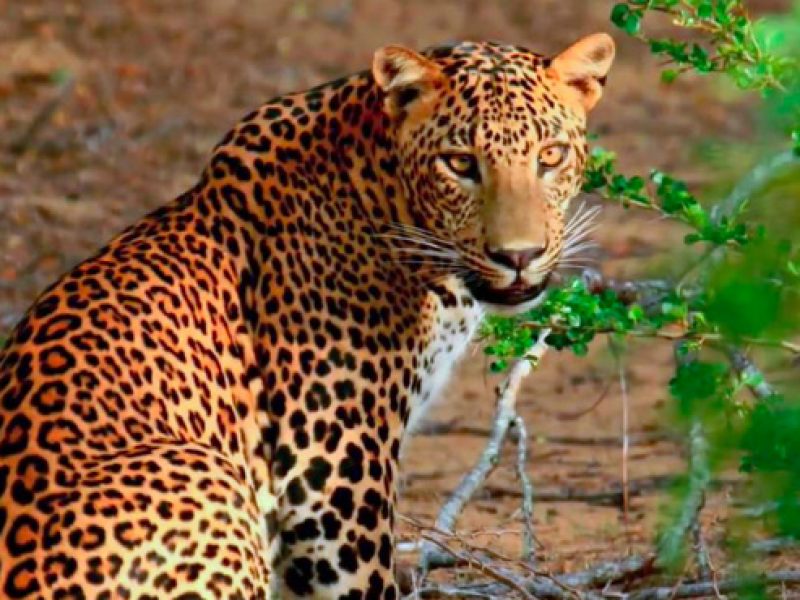
Yala National Park
Yala, situated in the south east corner of the island, is home to the greatest variety of Sri Lanka’s wildlife. Its varying habitats, consisting of scrub plains, jungles, rocky outcrops, fresh water lakes, rivers and beaches, provides home to many species of animals including sloth bear, herds of elephants, buffalo, monkeys, sambar, deer, crocodiles and […]
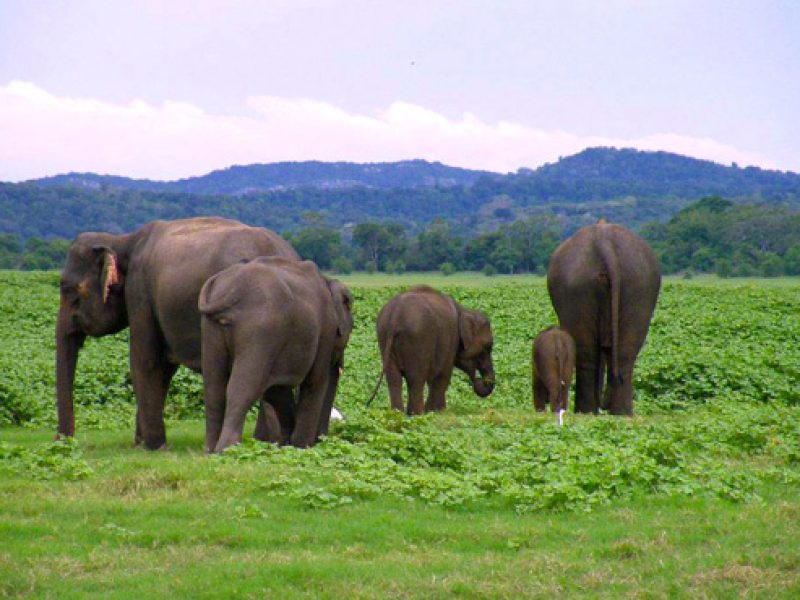
Habarana
Spend a morning in the remote village of Hiruwadunna and experience Sri Lanka’s unhurried rural village life. This is a beautiful setting where the villagers go about their daily lives with the greatest respect to nature. Take a bumpy, cattle-drawn bullock cart ride pass paddy fields and the village temple. Join a fisherman in his […]